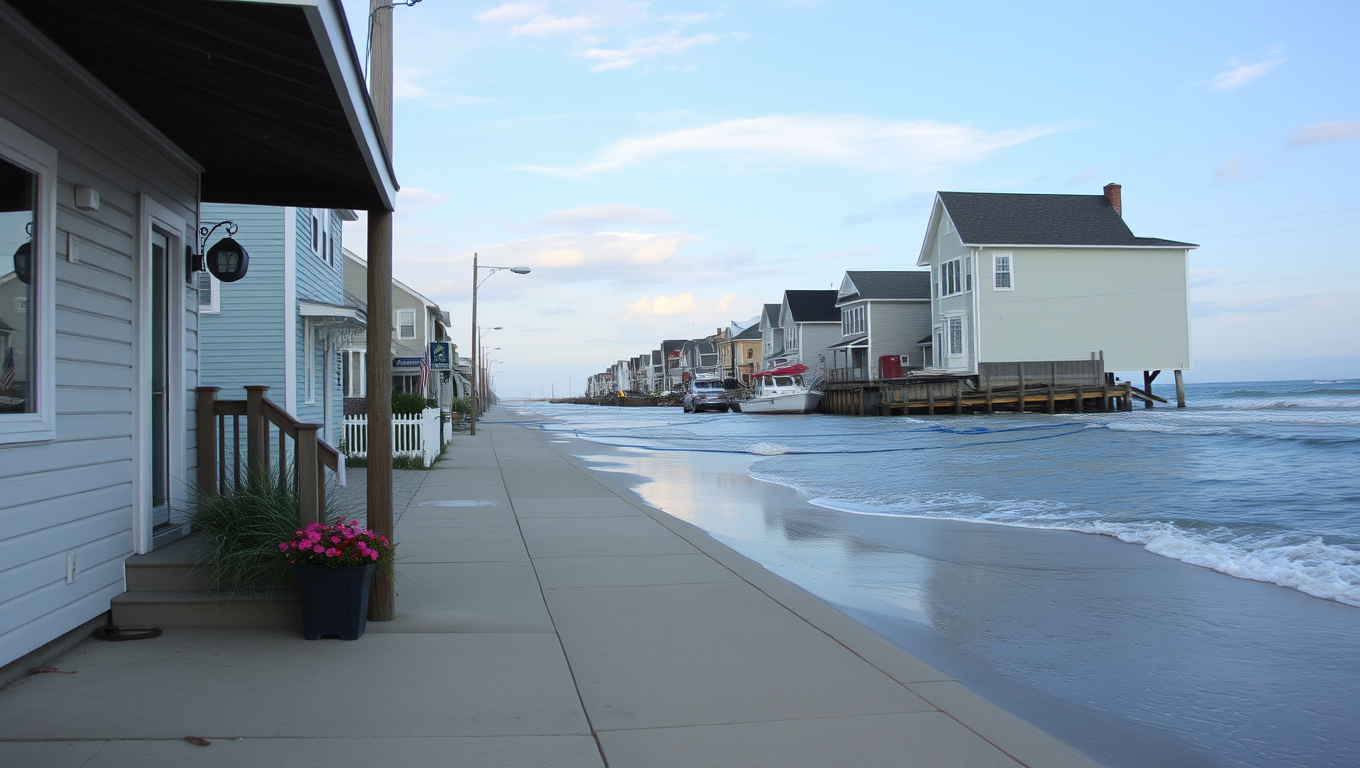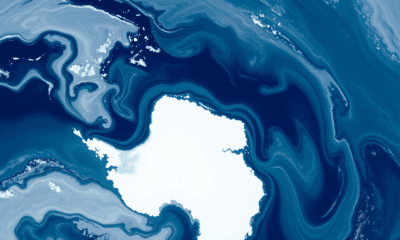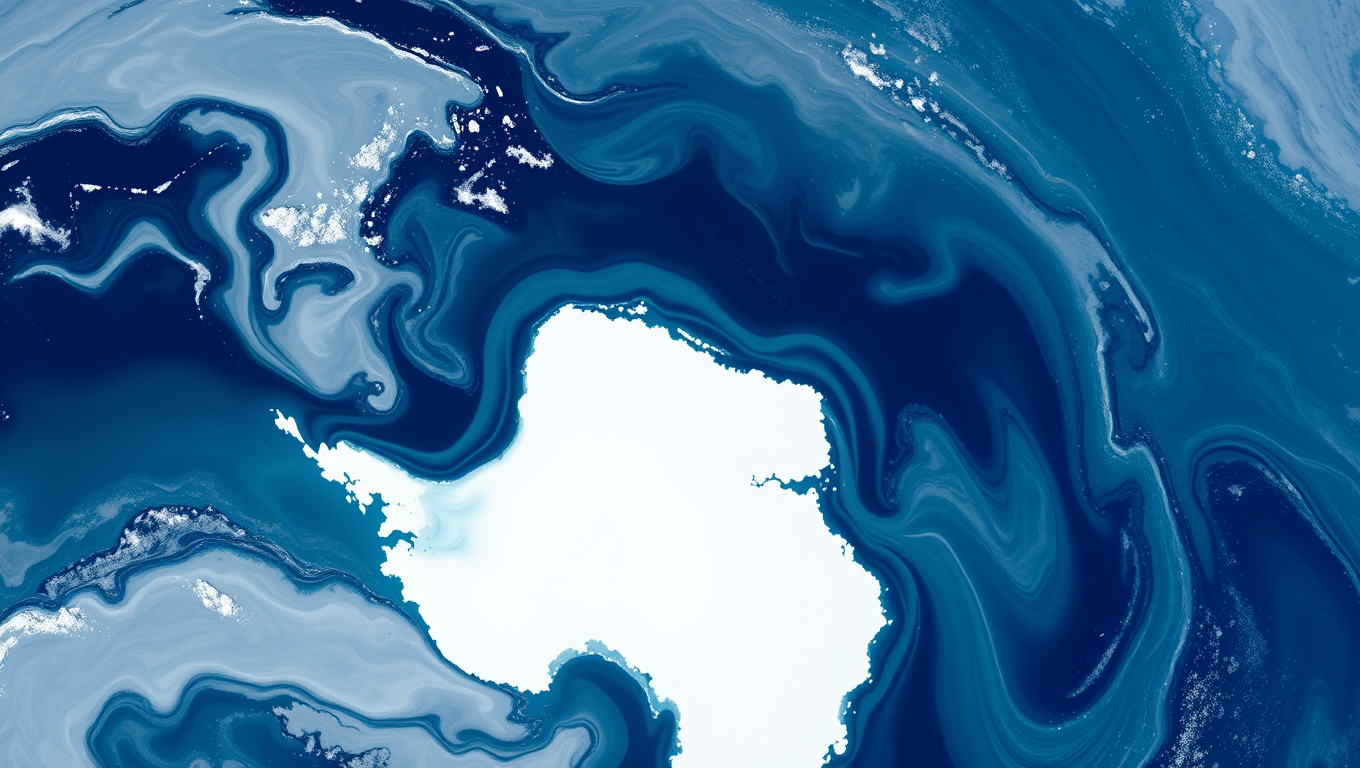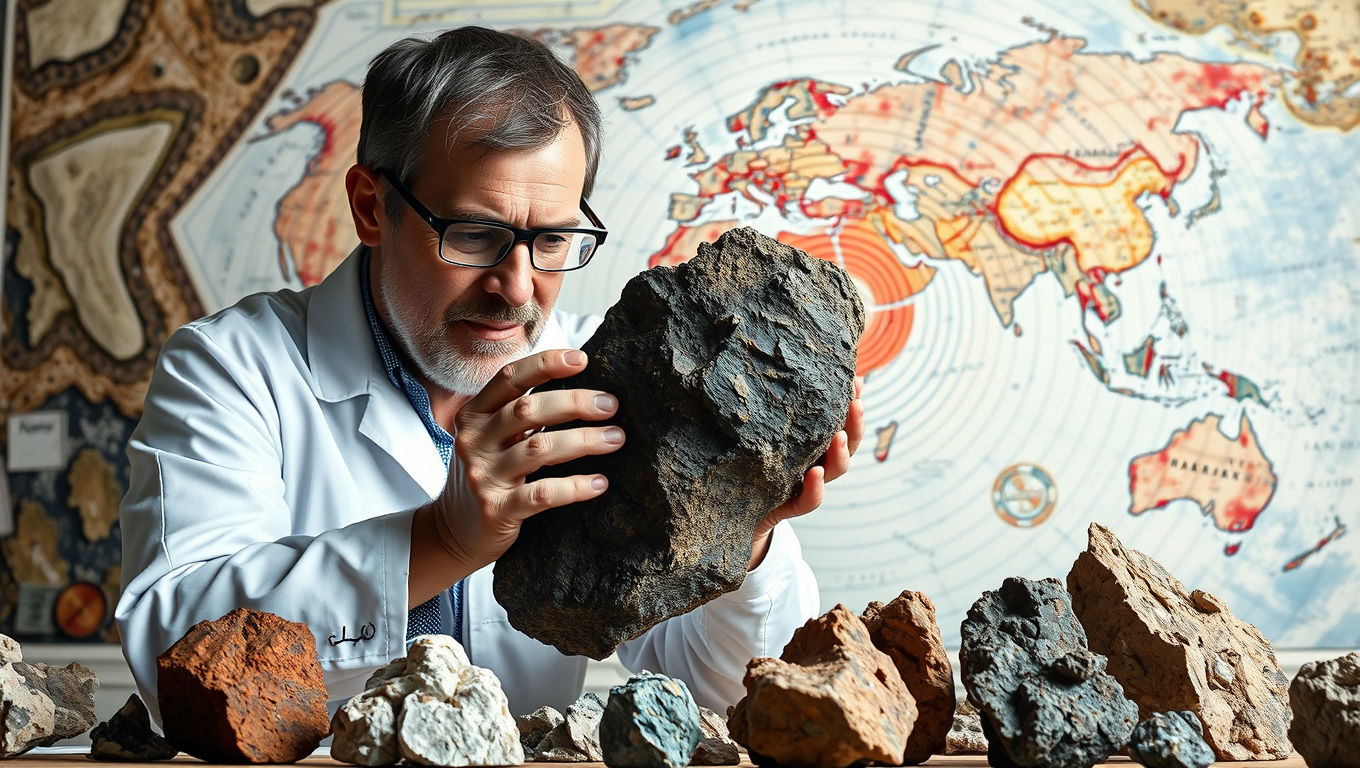While we try to keep things accurate, this content is part of an ongoing experiment and may not always be reliable.
Please double-check important details — we’re not responsible for how the information is used.
Climate
2024 US Coastal Community Report Cards: Navigating Future Sea Levels with Data-Driven Insights
Researchers have released their 2024 U.S. sea level ‘report cards,’ providing updated analyses of sea level trends and projections for 36 coastal communities. Encompassing 55 years of historical data in a new, interactive dashboard, the report cards aid planning and adaptation efforts by forecasting rates of sea level rise to 2050.

Climate
Antarctica’s Ocean Flip: Satellites Reveal Sudden Salt Surge Meltng Ice from Below
A massive and surprising change is unfolding around Antarctica. Scientists have discovered that the Southern Ocean is getting saltier, and sea ice is melting at record speed, enough to match the size of Greenland. This change has reversed a decades-long trend and is letting hidden heat rise to the surface, melting the ice from below. One of the most dramatic signs is the return of a giant hole in the ice that hadn’t been seen in 50 years. The consequences are global: stronger storms, warmer oceans, and serious trouble for penguins and other polar wildlife.
Atmosphere
Uncovering the Hidden Link: NASA Discovers Connection Between Earth’s Core and Life-Sustaining Oxygen
For over half a billion years, Earth’s magnetic field has risen and fallen in sync with oxygen levels in the atmosphere, and scientists are finally uncovering why. A NASA-led study reveals a striking link between deep-Earth processes and life at the surface, suggesting that the planet’s churning molten interior could be subtly shaping the conditions for life. By comparing ancient magnetic records with atmospheric data, researchers found that these two seemingly unrelated phenomena have danced together since the Cambrian explosion, when complex life first bloomed. This tantalizing connection hints at a single, hidden mechanism — perhaps even continental drift — orchestrating both magnetic strength and the air we breathe.
Climate
A 123,000-Year-Old Warning: Coral Fossils Reveal Rapid Sea-Level Rise Ahead
Ancient coral fossils from the remote Seychelles islands have unveiled a dramatic warning for our future—sea levels can rise in sudden, sharp bursts even when global temperatures stay steady.
-

 Detectors3 months ago
Detectors3 months agoA New Horizon for Vision: How Gold Nanoparticles May Restore People’s Sight
-

 Earth & Climate4 months ago
Earth & Climate4 months agoRetiring Abroad Can Be Lonely Business
-

 Cancer3 months ago
Cancer3 months agoRevolutionizing Quantum Communication: Direct Connections Between Multiple Processors
-

 Agriculture and Food4 months ago
Agriculture and Food4 months ago“A Sustainable Solution: Researchers Create Hybrid Cheese with 25% Pea Protein”
-

 Diseases and Conditions4 months ago
Diseases and Conditions4 months agoReducing Falls Among Elderly Women with Polypharmacy through Exercise Intervention
-

 Chemistry3 months ago
Chemistry3 months ago“Unveiling Hidden Patterns: A New Twist on Interference Phenomena”
-

 Albert Einstein4 months ago
Albert Einstein4 months agoHarnessing Water Waves: A Breakthrough in Controlling Floating Objects
-

 Earth & Climate3 months ago
Earth & Climate3 months agoHousehold Electricity Three Times More Expensive Than Upcoming ‘Eco-Friendly’ Aviation E-Fuels, Study Reveals





























